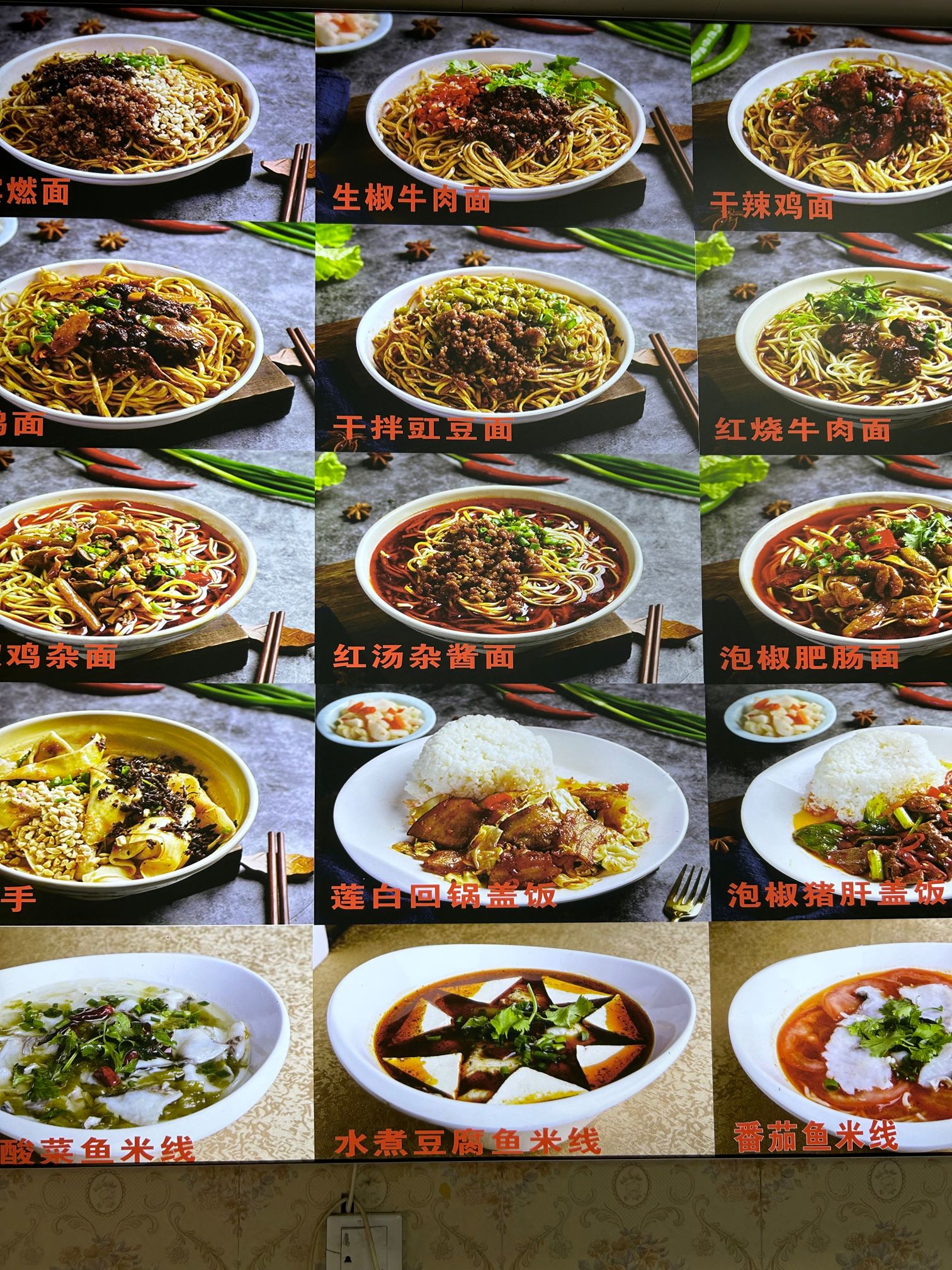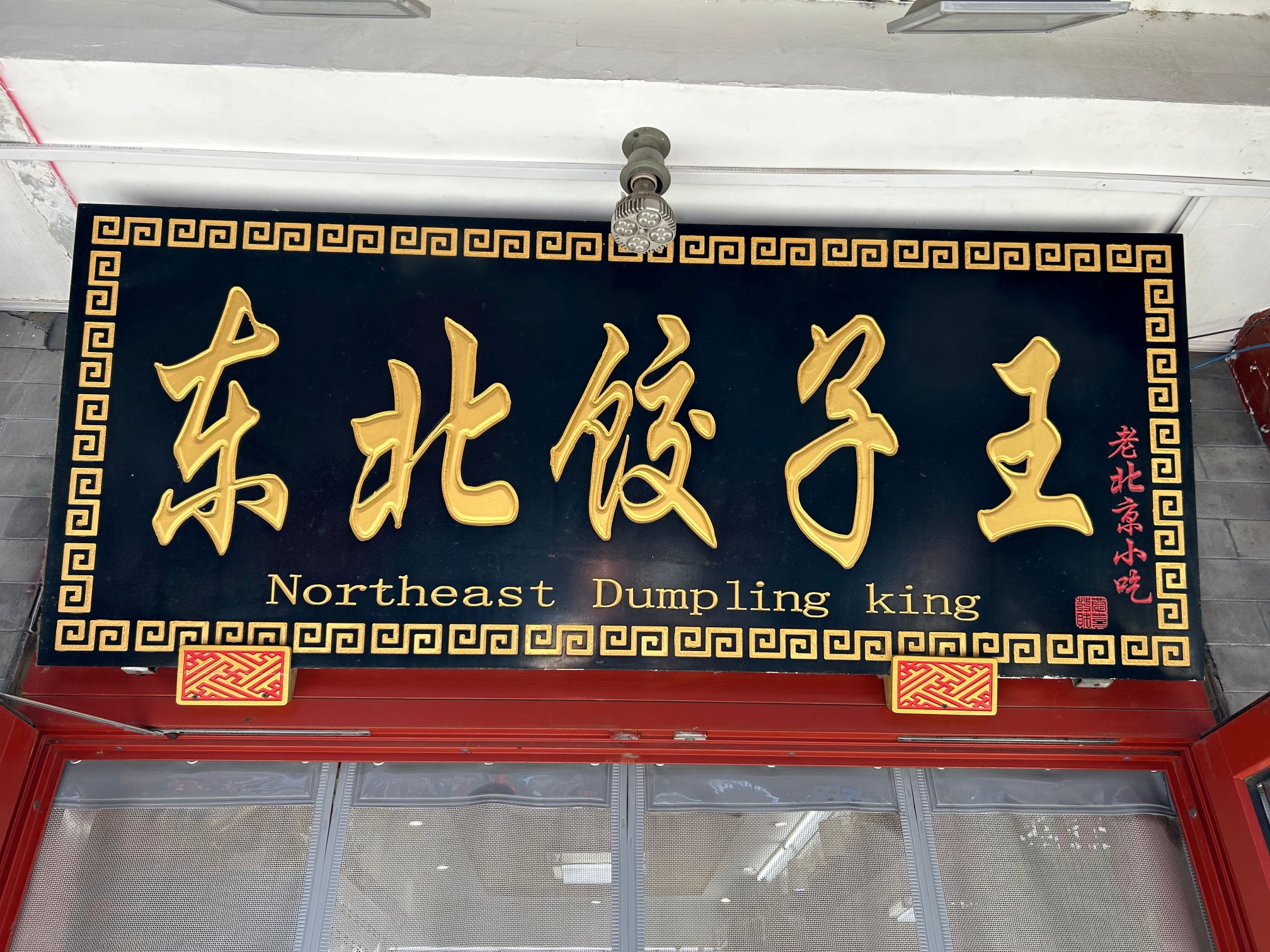Melaka - the sleepy town that was once the centre of world trade
Our new product development is picking up pace, so I was on a trip to South-East Asia to do some research!
I had a few days in Singapore, then on to Malacca (or Melaka as it’s spelt in Malay). The beautiful historic centre is now a rather sleepy place full of old Dutch-gabled buildings, but in the 1500’s this was one of the wealthiest and most important places in the world.




The waters offshore are the famous Straits of Malacca, which offer shelter from storms in the Indian Ocean and favourable trade winds for the journey from Asia (most importantly at the time, from the Spice Islands of Indonesia), to the Middle East and then on to Europe.
There was a bustling trade hub here for centuries with Arabs and Chinese trading with the local Malays, and the first Europeans to arrive were the Portuguese in 1511. Their motivation was to try and dominate the spice trade which at the time was controlled mostly by Arab traders who then sold to the Venetians (who were making enormous profits - one of the big reasons why Venice is now so packed with so many fabulous palazzos!). The Portuguese plan was to source the spices directly from the producers in Asia, cut out the middlemen in Arabia and Venice, and keep the profits for themselves.


The remains of the original Portuguese fort in the centre of Melaka. Apparently this is now the oldest European structure in the whole of Asia


Over the subsequent decades the Portuguese could only commit relatively small numbers of people and resources to defending their settlements here, so they were soon forced out by the Dutch East India Company who were equally intent on controlling the spice trade, and it’s the buildings from this era that can still be seen in the centre of the town.
In 1824 the city was taken over by the British East India Company, and the Dutch focussed more on Batavia (Jakarta) which became the capital of the Dutch East Indies. The Brits then started to concentrate on their new settlements in Georgetown, Penang and Singapore which were all growing fast, so Malacca eventually became a bit of a backwater.


Inside an old Peranakan mansion with its typical mix of late 19th Century European elegance and luxury, as well as traditional Chinese influences and fabulous oriental silks and wooden carving


It’s still a fascinating place to visit for the history, but for us it’s the local food and particularly the Peranakan food that mixed all these Chinese, Malay, Indian and European influences that’s the main draw. Peranakan is the name for people originally from Southern China who moved to the area from the 1500s, and their legacy is now a unique cultural mix.
Many of the famous dishes of the region come from Peranakan culture with Chinese ingredients like noodles and soy sauce being mixed with South-East Asian ingredients like tamarind, lemongrass and coconut, dried Indian spices, and other ingredients such as chillies, tomatoes and potatoes which were introduced by the Spanish and Portuguese via South America . It makes for a heady, fragrant, often very spicy(!), but always incredibly delicious combination.
Here are a few of my highlights of the local food:


Mee Bodoh (apparently known as ‘Stupid’ Noodles due to how easy they are to make). These noodles are stir-fried with beansprouts and chilli sambal, then served with coconut vinegar, sweet soy sauce and an egg fried in red sambal oil on top!


Banana roti for breakfast with some dal and sambal


Asam Pedas - a spicy fish curry made sweet and sour with lots of tomato and tamarind


Okra with a sour chilli sambal from a rather fancy Nyonya restarant


‘Economic’ Noodles - so called due to the cheap ingredients!


A typical Mamak stall run by Malaysian Tamils. These open air cafes are usually open all day serving breakfast, snacks and lunch with endless mugs of teh tarik - 'pulled' sweet tea with a frothy top like a cappucino


Hainam (Chinese-style) beef noodles with a spicy fresh chilli sauce on the side (the Malaysian element!)


Laksa - a classic seafood laksa made with a spice paste including galangal, turmeric, lemongrass and chilli then boiled with coconut milk and served over noodles


A rich chicken rendang made from a paste of coconut, candlenut, spices and fresh aromatics like ginger and lemongrass


Avocado milkshake - a nice way to cool off in the incredible heat and humidity. Creamy avocado milkshake with a gula melaka (dark palm sugar) syrup drizzled in


Ayam Bakar - spicy grilled chicken with sambal, and kecap manis (sweet soy sauce)






Recent Posts

'Strange' Flavour in Sichuanby James on 12th March 2024
The incredibly hot and numbing food of Chongqing and Chengdu!
Read Full Post
Eaten all the 'Wheaten' Food in Beijingby James on 12th March 2024
A journey of discovery through the fabulous food of Northern China
Read Full Post
